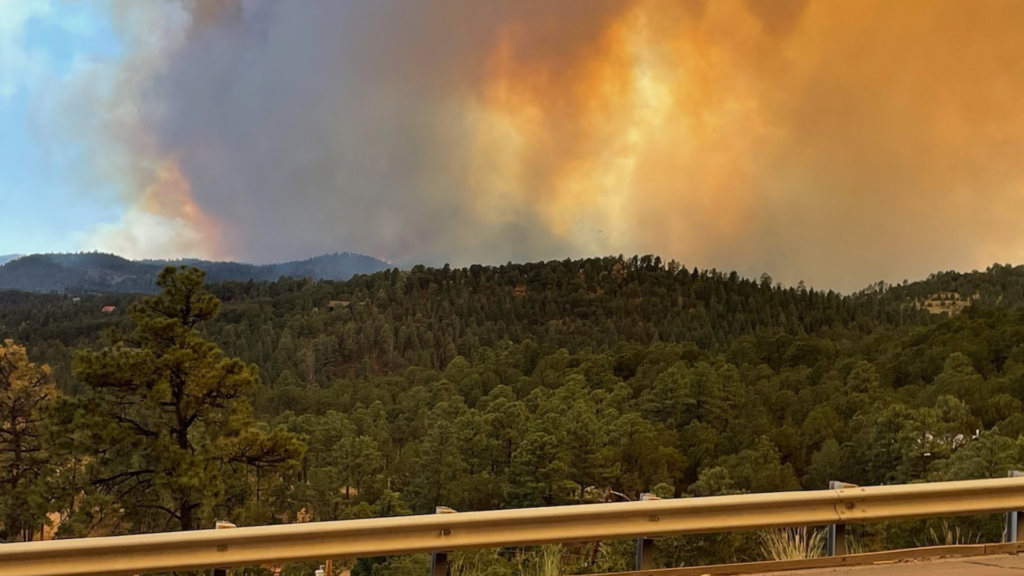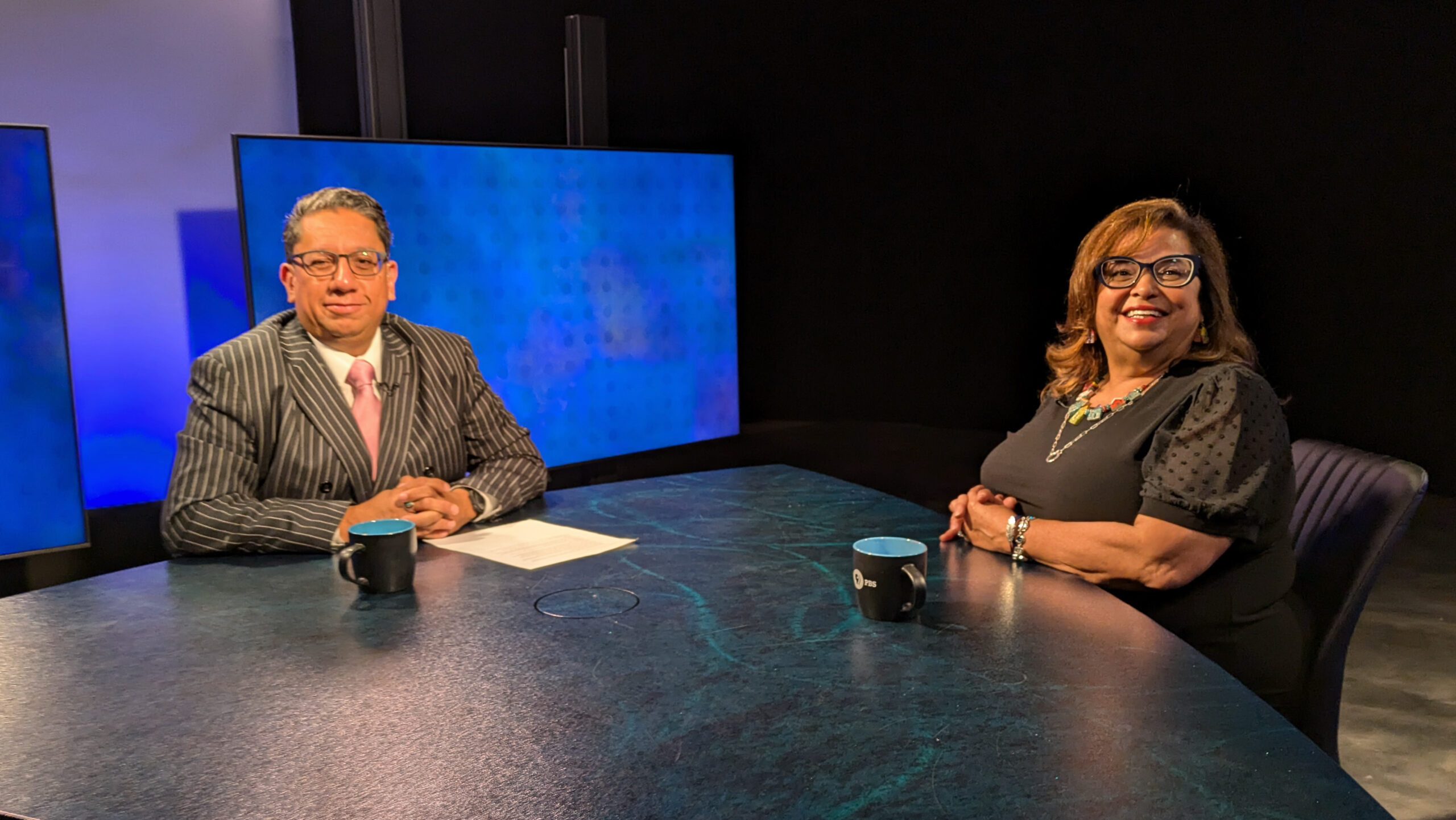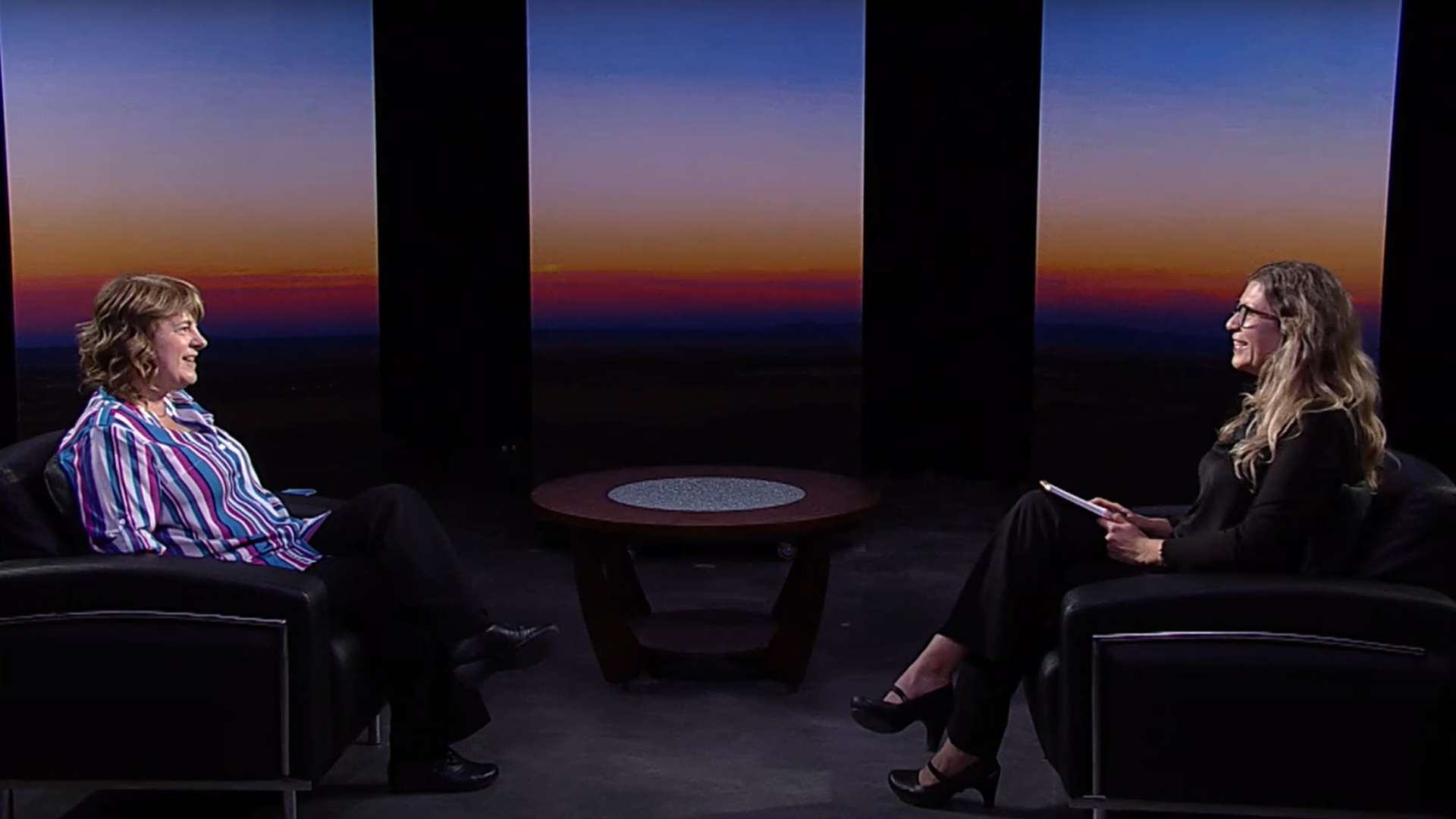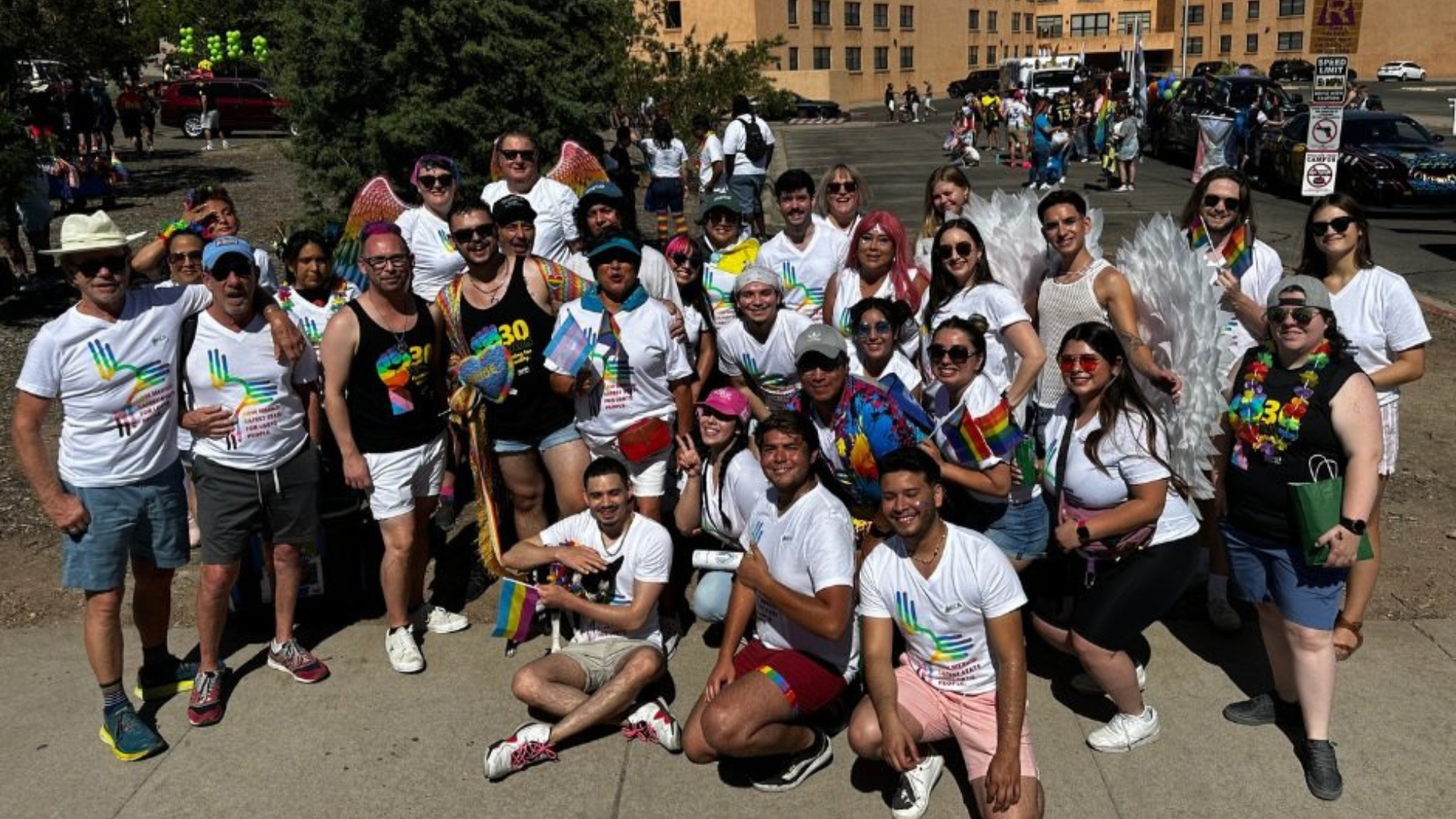The Journalism of Fire

Here we are again, the time of year in which nmfireinfo.com becomes a regular part of our daily reading diet. As I write this, the Salt and South Fork fires stand at 0% containment, already having claimed at least two lives, chewed up more than 24,000 acres combined and damaged or destroyed over 1,400 structures — including about 500 homes.
Many New Mexicans have an interest in learning about what’s going on, and their reasons are varied, ranging from a need to evacuate immediately to concern for residents and the landscape to using the fires as a political cudgel.
In the digital age, information about wildfires can spread nearly as fast as the flames. Not all of it is accurate, and searching for the signal amid all the noise can be challenging.
I want to use this space today to direct you to some journalism that can help you better understand what’s happening. First, I’ll define journalism: vetted information that’s based on firsthand observation, conversations with eyewitnesses and impacted people, comments from officials, official documents or some combination thereof. Once a journalist gathers the information and puts it together for publication, an editor or producer or news director puts the journalist through their paces to ensure accuracy — and to satisfy several other criteria, such as whether it’s in the public interest to publish the story.
I bring this up because there is an awful lot of online speculation, blaming and worse around what started the Salt and South Fork fires. It’s easy enough to guess, and guessing can be attractive if the guesser can further an agenda. Alternatively, good journalists, such as Source New Mexico’s Patrick Lohmann, go through the process I described above to provide people with facts. I’ve sung Pat’s praises in this newsletter before, and I’ll direct you now to his excellent story from yesterday, exploring the possible origins of these fires. Notice how Pat walks you through what he knows, how he learned it and, as importantly, what he doesn’t know.
That’s journalism, not guessing.
The crew at Source has done excellent reporting since these fires first started. You’ll see a pattern as you read their coverage: These journalists follow the formula to provide readers with facts.
KRWG-Radio has also produced solid reporting on the fires, as have others. Here at NMPBS, Our Land Senior Producer Laura Paskus has been posting about the Salt and South Fork fires on Instagram, and you’ll be able to read more about them in the Our Land Weekly newsletter in the coming weeks,.Laura has been reporting on wildfires for many years, and no one centers accuracy and empathy in her journalism better than Laura.
Lastly, I want to highlight this service — a phone line for people looking for friends and family members impacted by these fires — from Source and KUNM. There are a ton of other resources in the piece the two news organizations published about the phone line, too. You can get facts from the link I posted at the top of this article and from the Salt Fork/Salt Fires Information Hub.
– Jeff Proctor, Executive Producer, New Mexico in Focus
-
The 2024 Native Youth Olympics
6.21.24 – Courtesy of the Koahnic Broadcasting Corporation, correspondent Antonia Gonzales takes us to the Native Youth Olympics in Anchorage, Alaska,…
-
Climate Care for the Public
6.21.24 – In 2021, Project ECHO at the University of New Mexico Health Sciences Center began a climate program with web-based…
-
Former Superintendent on Improving NM Public Education
6.21.24 – Correspondent Russell Contreras sits down with Dr. Karen Sanchez-Griego, a former superintendent of the Cuba Independent School District. Sanchez-Griego speaks…
-
Pride Month in NM and the Landscape for LGBTQ Rights
6.21.24 – Executive Producer Jeff Proctor speaks with Marshall Martinez of Equality New Mexico about celebrating Pride month and the current…




